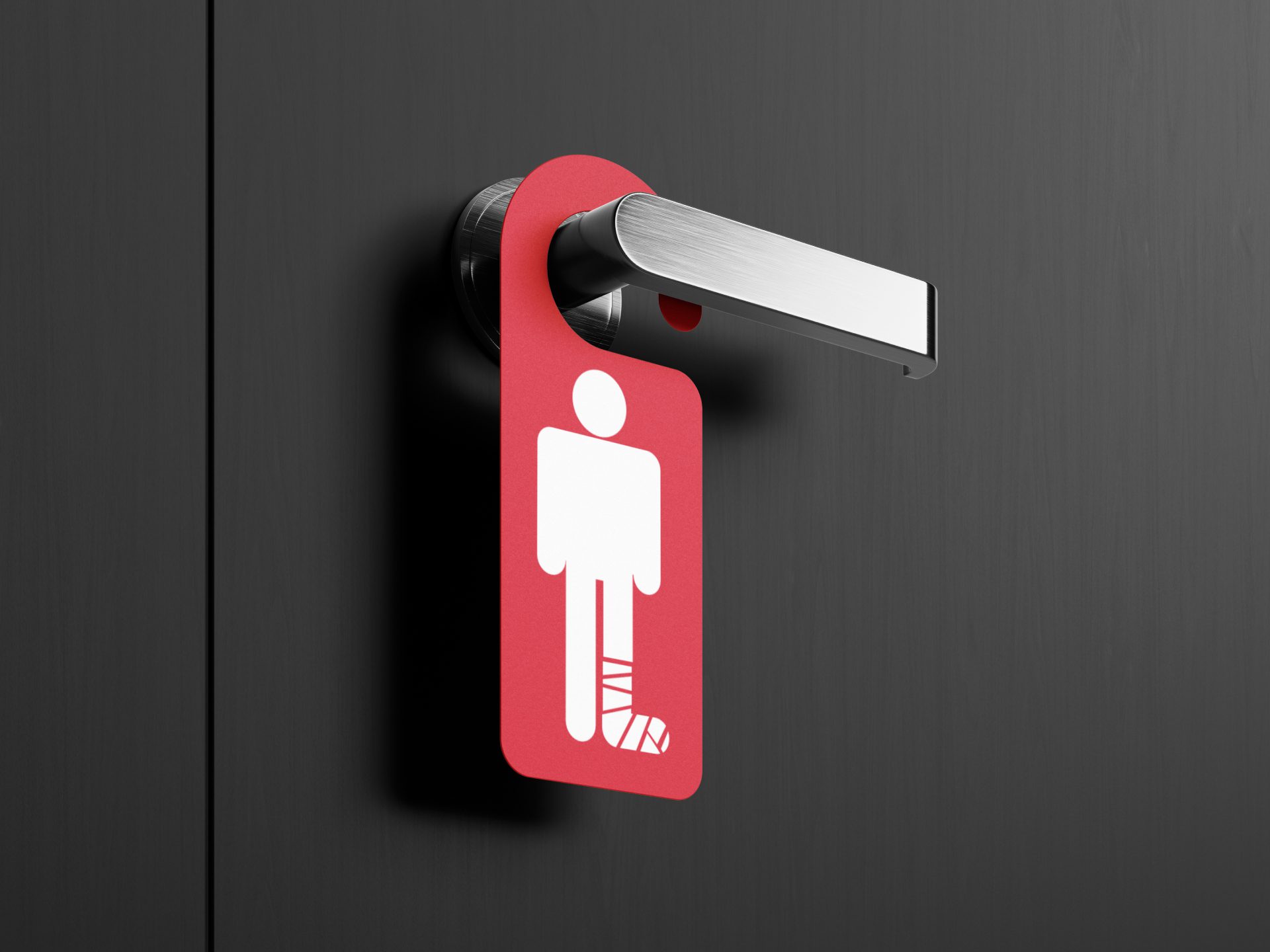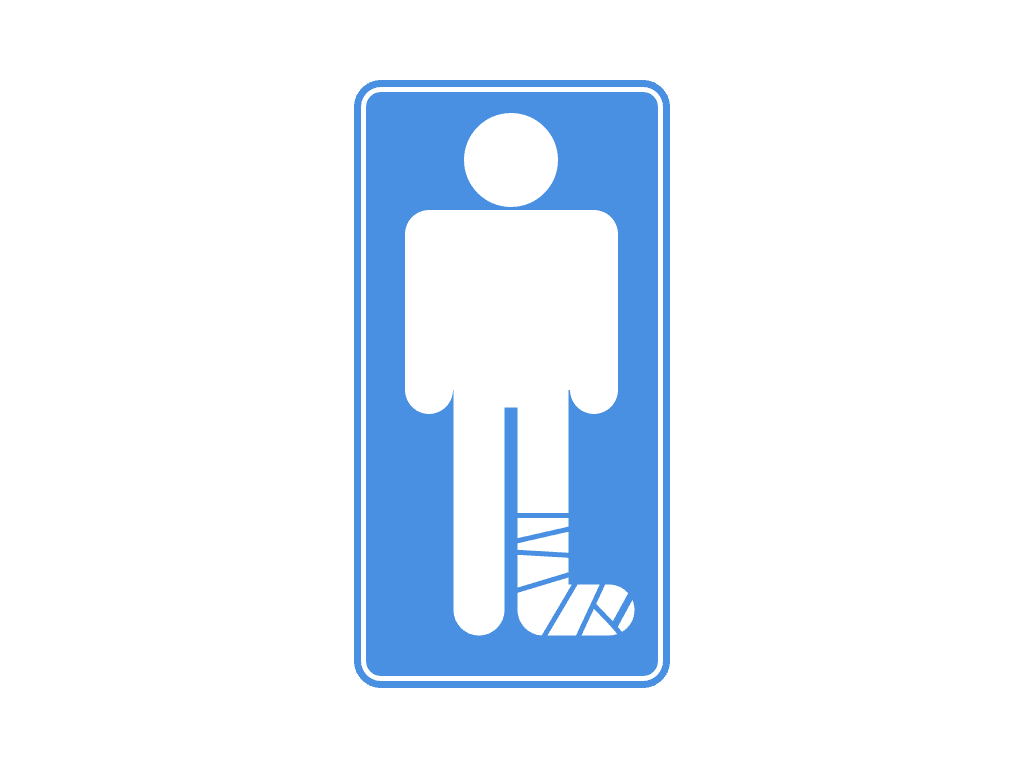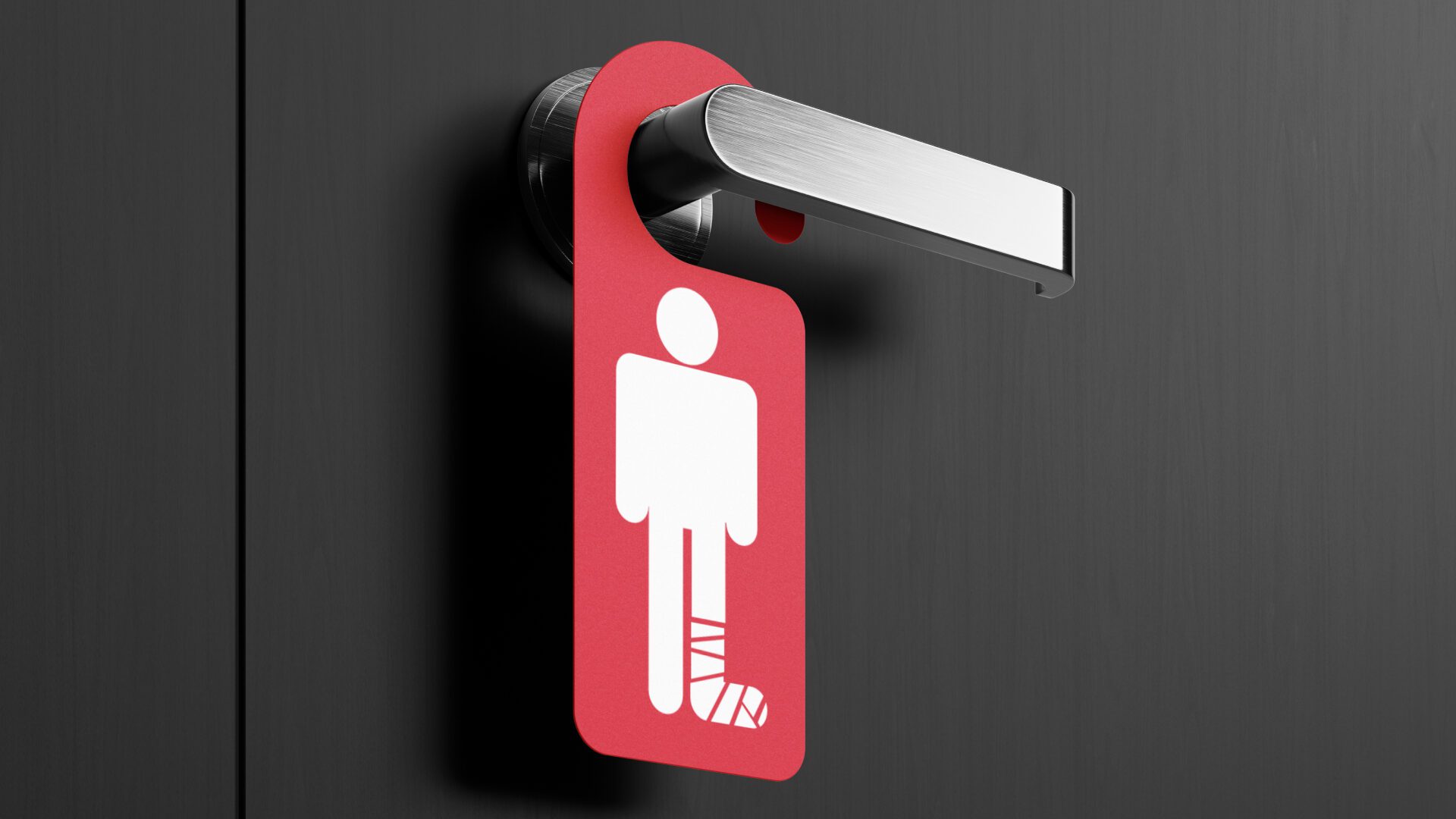User Experience (UX) has become an integral part of digital product design over the last two decades. It has moved beyond the realm of just making products aesthetically pleasing, focusing instead on improving the overall interaction between users and products. However, despite the progress, the current state of UX is riddled with problems that are impacting the usability, accessibility, and inclusivity of many products.
In today’s hyper-digital world, UX is more important than ever. Yet, many users experience frustration, confusion, and even alienation while using products that are meant to simplify their lives. From inconsistent interfaces to complex workflows, UX appears to be broken in many cases. This article explores the reasons behind the current failings of UX and outlines what is needed to fix it, ensuring a future of usable, accessible, and human-centered products.
The Current State of UX: Successes and Failures
While UX as a discipline has made significant strides, the landscape today is a paradox of progress and failure. On the one hand, UX has improved the usability of many tools and platforms, making them more intuitive and user-friendly. On the other hand, the rapid pace of technological innovation and shifting user expectations have created new challenges that many UX designers and teams are struggling to address.
1. Fragmentation and Inconsistency
One of the most glaring problems with UX today is the fragmentation and inconsistency in design practices across platforms and devices. Users now interact with products on various devices—smartphones, tablets, laptops, wearables, and voice-controlled systems—but the experience across these channels often lacks cohesion.
For example, many apps provide a seamless experience on mobile but are clunky or unintuitive when accessed on desktops. Conversely, desktop-first platforms may have poor mobile adaptations, leading to usability issues that frustrate users. Even within a single platform, different parts of an interface can feel disjointed or inconsistent, leaving users confused about how to navigate or perform tasks.
2. Overcomplicated Interfaces
Another major issue is the overcomplication of interfaces. In an effort to pack more features and functionalities into products, many designers create cluttered and overwhelming interfaces. This is especially common in enterprise software, which is often bloated with features that users don’t necessarily need or use.
The focus on feature parity, where products must meet a checklist of functionalities, often leads to a crowded interface that sacrifices clarity for complexity. This is a significant problem for users, as they are forced to navigate through layers of menus, icons, and options, making the product harder to use and less efficient.
3. Dark Patterns and Manipulative Design
Dark patterns—design elements intended to deceive or manipulate users—are becoming increasingly common. These practices, which range from tricky subscription models to hidden privacy settings, exploit users by making it difficult for them to opt out of services, cancel subscriptions, or protect their privacy.
Dark patterns prioritize business goals over user needs, creating a toxic user experience. Users feel trapped or manipulated by designs that force them into unwanted actions, eroding trust in products and companies. This trend represents a deep failure of UX design, as it goes against the fundamental principle of serving users and creating value through ease of use and transparency.
4. Ignoring Accessibility and Inclusivity
While UX design has made some progress in terms of accessibility, it still falls short in many areas. Products are often not designed with inclusivity in mind, leaving out people with disabilities, the elderly, or those in different cultural contexts. Accessibility features such as screen readers, alternative text, and keyboard navigation are often treated as afterthoughts rather than core design elements.
The result is a digital divide, where certain user groups are either unable to use products effectively or are outright excluded from using them. This lack of accessibility is not only a failure of UX design but also a broader ethical issue that must be addressed.
5. Over-reliance on Data and Metrics
While data-driven design can lead to informed decision-making, the over-reliance on quantitative metrics is another factor contributing to the broken state of UX. Companies often prioritize data points like click-through rates, time spent on pages, or conversion rates without considering the qualitative aspects of user experience.
A product that achieves high engagement through manipulative design tactics may still provide a poor experience. UX is inherently subjective, and focusing too much on numbers can result in losing sight of the bigger picture: how users feel and interact with a product. This data-driven approach often leads to iterative designs that optimize for business metrics at the expense of genuine user satisfaction.

Why UX is Broken
UX is broken not because of a lack of talent or innovation, but due to systemic issues that pervade the design process, the culture of product development, and business priorities. Here are some of the key reasons why UX is in its current state:
1. Business Priorities Over User Needs
In many cases, business priorities outweigh user needs. Products are often designed with the primary goal of driving revenue, engagement, or market share, and these objectives can lead to design decisions that compromise the user experience. This tension between business goals and user-centered design is one of the main reasons why UX often feels broken.
For example, the rise of “engagement-driven” design in social media platforms, e-commerce sites, and mobile apps has led to interfaces that are optimized to keep users engaged at all costs, even if this comes at the expense of a smooth, respectful user experience. Techniques like endless scrolling, notifications that encourage constant app use, and content recommendation algorithms that favor sensationalism are all examples of UX being shaped by business rather than user needs.
2. Lack of Empathy in the Design Process
Another issue is the lack of empathy in the design process. UX designers often fail to put themselves in the shoes of the user, instead designing for themselves, their peers, or idealized versions of users. This can lead to products that don’t actually meet the needs of real-world users.
Empathy-driven design is essential for creating experiences that resonate with users, but this approach is often overlooked or under-prioritized in fast-paced product development cycles. Designers may feel pressure to meet deadlines, integrate the latest trends, or satisfy business requirements, leaving little room for deeply understanding user needs and pain points.
3. Siloed Design and Development Processes
In many organizations, UX design is treated as a separate phase in the product development cycle, leading to siloed teams that don’t collaborate effectively. Designers may create interfaces that developers struggle to implement, or business stakeholders may push for features that don’t align with good UX principles.
This lack of cross-functional collaboration often results in disjointed products that fail to deliver a cohesive user experience. Additionally, when UX is seen as a box to check off rather than a continuous, integral part of the development process, it becomes difficult to create products that truly serve users.
What is Needed to Fix UX for a Better Future
Fixing UX requires more than just addressing individual problems; it demands a fundamental shift in how products are designed, developed, and delivered. Here are key steps needed to fix UX and create a better future for usable, inclusive, and accessible products:
1. A User-Centric Approach at Every Stage
The most critical step is a renewed commitment to putting the user at the center of the design process. This means not only focusing on user research at the beginning of a project but continuously iterating based on real user feedback throughout the development cycle.
UX design should not be a one-time effort but an ongoing process that evolves with user needs. By integrating UX into every stage of product development—from ideation to testing to post-launch improvements—companies can create products that truly address user pain points and deliver value.
2. Prioritizing Accessibility and Inclusivity
Accessibility should be a priority, not an afterthought. Designers and developers need to build products with the broadest range of users in mind, ensuring that they are usable for people with varying abilities and in different contexts.
Inclusive design practices should be adopted, considering factors such as age, disability, and cultural diversity. This can be achieved by conducting user research with diverse groups, testing products with assistive technologies, and ensuring that accessibility standards are met.
3. Ethical Design Practices
Dark patterns and manipulative design need to be eradicated. UX should prioritize ethical design, focusing on transparency, user autonomy, and privacy. Users should have full control over their data, subscriptions, and interactions with the product, and designers must take responsibility for ensuring that interfaces empower users rather than exploit them.
4. Balancing Data with Empathy
While data is essential, it should not drive every decision. Empathy and qualitative research are equally important for understanding user experiences and creating products that resonate on an emotional level. UX teams need to balance quantitative metrics with qualitative insights, ensuring that products meet both business goals and user needs.
5. Collaboration Across Teams
Cross-functional collaboration is key to fixing UX. Designers, developers, and business stakeholders need to work together to ensure that products are technically feasible, aligned with business goals, and centered on the user experience. Breaking down silos will lead to more cohesive, well-rounded products that serve both users and businesses effectively.
Conclusion
The current state of UX is broken due to a combination of overcomplication, business-driven priorities, dark patterns, and a lack of accessibility. To fix this, the industry needs to adopt a user-centric, inclusive, and ethical approach to design. By prioritizing empathy, collaboration, and accessibility, we can build a future where digital products are truly usable, accessible, and beneficial for everyone.

Disclaimer: The information contained in this post is for general information purposes only. The views expressed here are my own and do not necessarily reflect the opinions or positions of my employers, clients, or any organizations with which I am affiliated.
The audio summary segments, included for accessibility, are generated with experimental NotebookLM.

